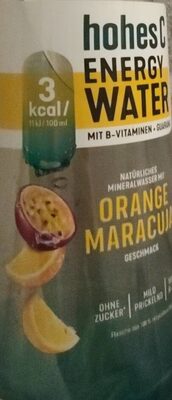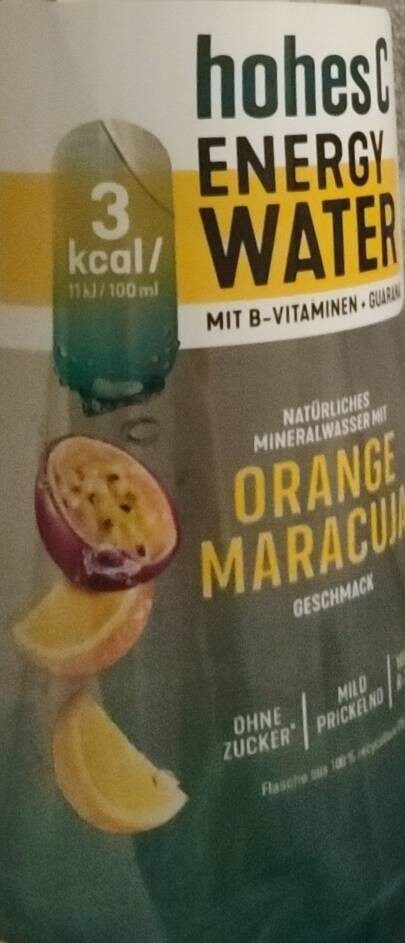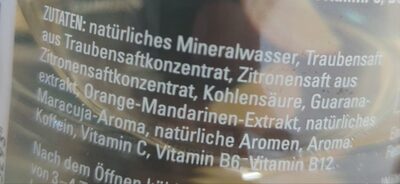hohes C Wasser Energy Orange-Maracuja - Eckes-Granini Deutschland GmbH - 750ml
This product page is not complete. You can help to complete it by editing it and adding more data from the photos we have, or by taking more photos using the app for Android or iPhone/iPad. Thank you!
×
Barcode: 4048517713293 (EAN / EAN-13)
Quantity: 750ml
Brands: Eckes-Granini Deutschland GmbH
Categories: Beverages, Carbonated drinks, Waters, Sodas, Non-alcoholic beverages, Carbonated waters, Flavored waters, Flavored sparkling waters
Labels, certifications, awards: Carbon compensated product, Climate Neutral Certified
Origin of ingredients: Germany
Stores: rewe Center
Countries where sold: Germany
Matching with your preferences
Environment
Packaging
Transportation
Report a problem
Data sources
Product added on by kiliweb
Last edit of product page on by bartolomeu.
Product page also edited by benedikt535543, maxine-mann, minion, yuka.sY2b0xO6T85zoF3NwEKvlkVJatXBrSrjBjnuqBW3xOqWd8PQOMxCvNmrGas.









